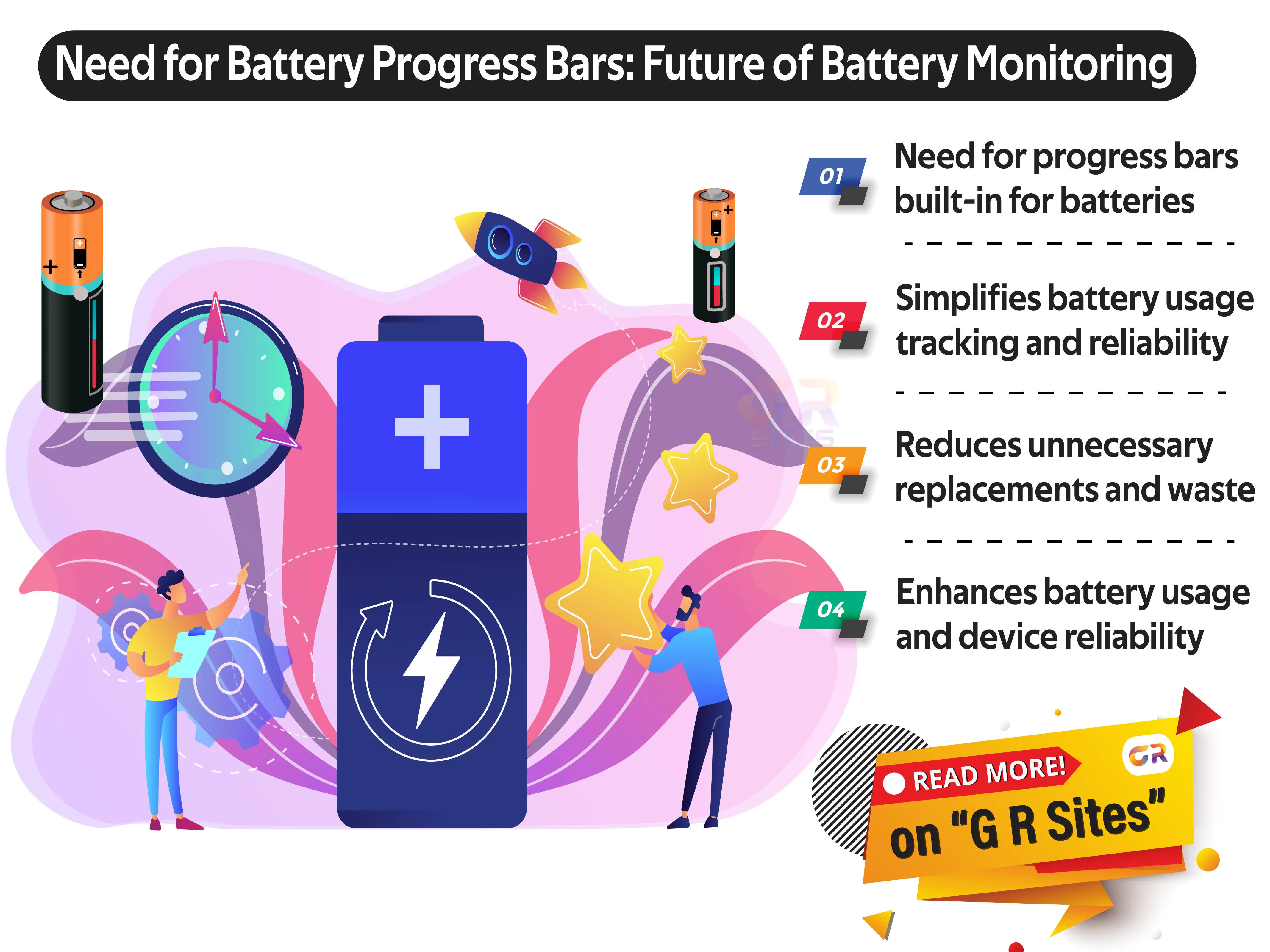Ever found yourself wondering if your AA or AAA batteries are still good to go? It's a common frustration: you're in the middle of something important, and suddenly, your device dies. Figuring out the power range of these batteries can be a guessing game until they fail completely. Wouldn't it be great if there was an easier way to know how much juice is left? Imagine if batteries came with a built-in progress bar that showed their power capacity. This simple addition could save us all a lot of hassle and make our lives a little easier.
The Current Pain Points
Identifying the power capacity of AA and AAA batteries is often a pain. Here’s why:
- No Simple Diagnosis: Without sophisticated tools, there's no easy way to tell how much power is left in a battery.
- Unexpected Failures: Devices suddenly stopping can be incredibly inconvenient, often at the worst possible moment.
- Consumer Frustration: The uncertainty of battery life leads to unnecessary replacements and frustration.
- Environmental Impact: Frequently replacing batteries before they’re fully drained contributes to environmental waste.
These issues affect not only consumers but also the efficiency of countless devices we rely on daily.
A Simple Solution: Progress Bars
Imagine if every AA and AAA battery had a tiny progress bar showing its remaining power. Here’s how it could revolutionize our battery use:
- Visual Indicator: A clear, easy-to-read display on the battery itself would allow users to see at a glance how much power is left.
- Better Resource Management: Knowing exactly when a battery is running low means fewer unnecessary replacements and less waste.
- Convenience: No more guesswork or mid-task failures; users can replace batteries at the optimal time.
- Enhanced Device Performance: Devices can operate more reliably when powered by batteries with known capacity levels.
Of course, implementing this technology would come with its own set of challenges, but the potential benefits are too significant to ignore.
Consumer and Environmental Impact
The impact of integrating progress bars into batteries extends beyond mere convenience:
- User Experience: Consumers would enjoy a significantly improved experience, reducing frustration and enhancing the functionality of their devices.
- Environmental Benefits: Reducing battery waste is a critical step towards more sustainable consumption. Knowing when to replace batteries can prevent premature disposal and reduce environmental harm.
- Market Transformation: As more manufacturers adopt this technology, it could become a standard feature, driving innovation and setting new industry benchmarks.
With these advancements, we could see a substantial shift in how we use and perceive batteries.
In a world where we rely so heavily on batteries, finding a simple solution to check their power capacity could make a huge difference. A built-in progress bar could be the answer to many of our current frustrations. It’s a change that’s not just about convenience but also about better resource management and environmental responsibility. Battery manufacturers have the opportunity to lead the way in this innovation, setting a new standard for the industry. It’s time to make battery power checks as easy as looking at a progress bar.
Incorporating such a simple yet effective solution could revolutionize the way we interact with everyday devices. It's a small change with a big impact, paving the way for a more efficient and eco-friendly future.

No comments:
Post a Comment
Note: only a member of this blog may post a comment.